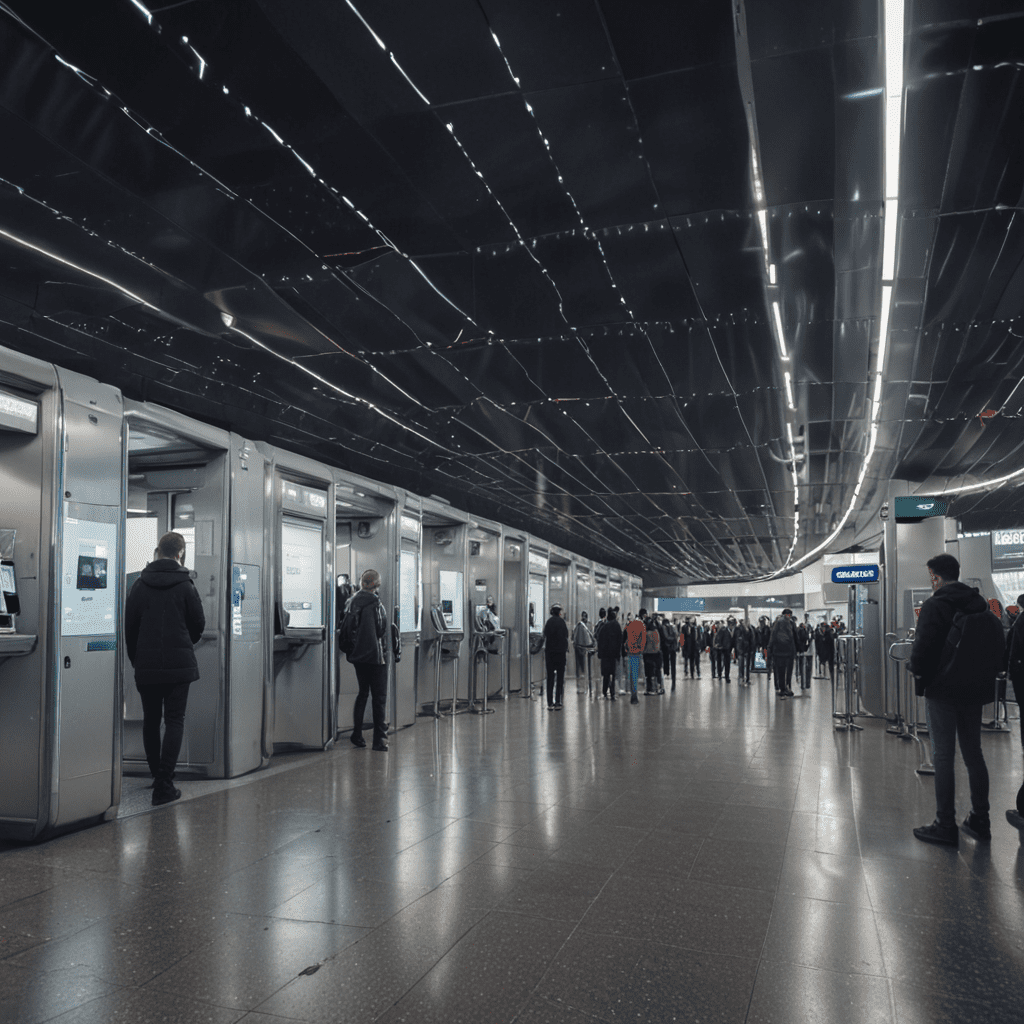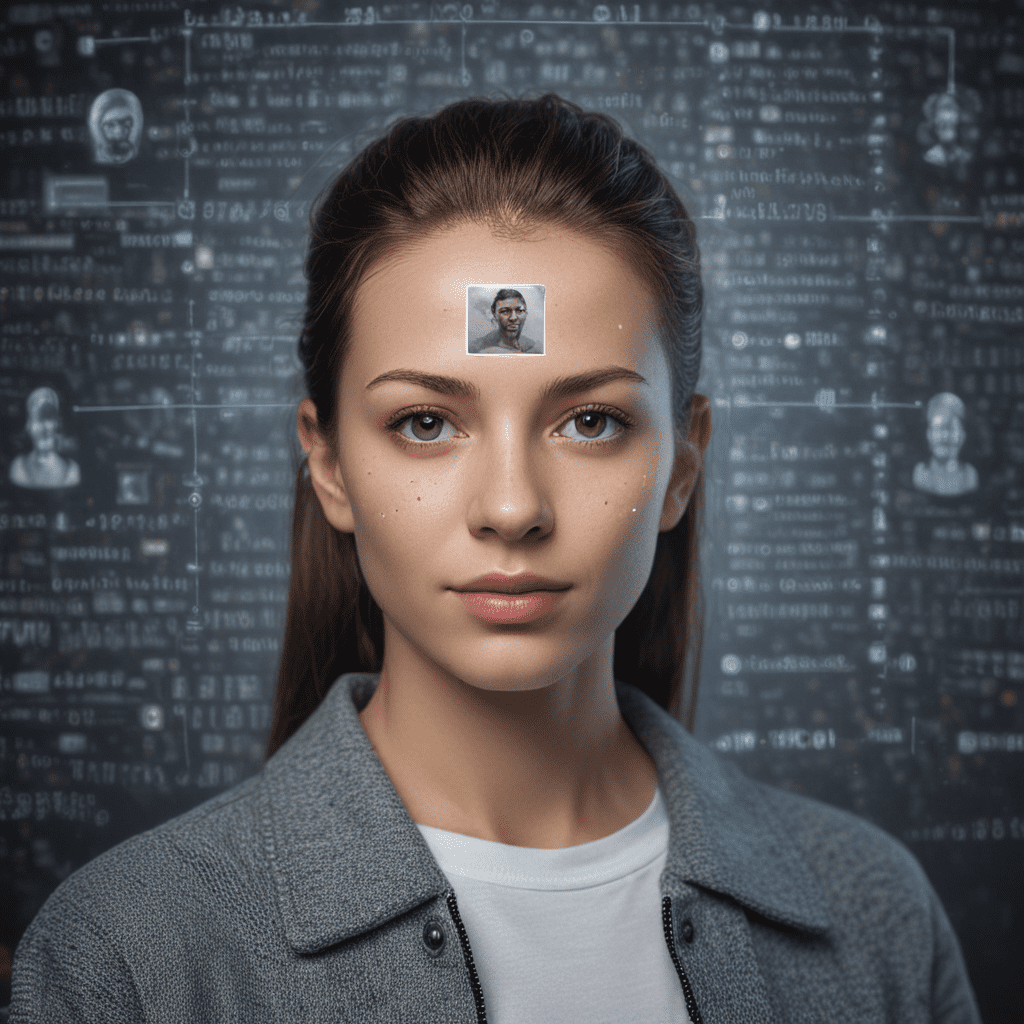1. Introduction: The Role of Facial Recognition in Modernizing Border Crossing
In an era defined by globalization and interconnected travel, border control processes face unprecedented challenges in ensuring efficient, accurate, and secure passage for travelers worldwide. Facial recognition technology has emerged as a transformative solution, revolutionizing border crossing experiences by enhancing security measures, streamlining procedures, and improving overall convenience for passengers. This article delves into the multifaceted role of facial recognition in border control, exploring the technological advancements, multifaceted benefits, ethical considerations, and future trends shaping this innovative approach to border management.
2. Technological Foundations: Biometrics and Facial Analysis Techniques
Facial recognition systems leverage biometric technologies to analyze and identify unique facial characteristics of individuals. Advanced algorithms extract and measure specific facial features, creating digital templates or "faceprints" for comparison against stored records or watchlists. These systems employ sophisticated techniques, including 3D imaging, deep learning algorithms, and artificial intelligence (AI), to achieve highly accurate and reliable recognition rates.
3. Benefits of Facial Recognition for Border Control
The integration of facial recognition in border control brings forth several compelling advantages:
Enhanced Efficiency and Time Optimization: Facial recognition automates and expedites border crossing procedures, significantly reducing processing times for travelers. By eliminating the need for manual passport checks or document verification, passengers experience faster and more seamless entry and exit processes.
Improved Accuracy and Reduced Human Error: Advanced facial analysis algorithms provide highly precise and consistent results, minimizing the potential for human errors and false matches. Automation reduces the reliance on subjective judgment, leading to more accurate identifications and enhanced border security.
6. Security Measures and Identity Verification
Facial recognition serves as a powerful tool for identity verification, enhancing border security and preventing fraud or unauthorized entry. By comparing live facial scans against databases containing passport information, watchlists, and known criminals, border control officers can rapidly identify individuals of interest or potential threats. This real-time verification process significantly strengthens border defenses, deterring illegal activities and ensuring the safety of both travelers and the general public.
7. Passenger Convenience and User Experience
Facial recognition technology greatly enhances the travel experience for passengers by simplifying and streamlining border crossing procedures. Automated and touchless systems eliminate the need for physical passport checks and minimize queues, resulting in faster and more convenient entry and exit processes. The user-friendly nature of facial recognition systems makes them accessible to travelers of all ages and backgrounds, offering a positive and seamless travel experience.
8. Data Management and Privacy Concerns
The implementation of facial recognition systems raises concerns regarding data management and privacy. To address these concerns, strict data protection protocols must be established to ensure the secure storage and ethical use of facial data. Anonymization techniques, encryption methods, and adherence to privacy regulations are crucial to safeguard sensitive information while leveraging the benefits of facial recognition technology.
9. Legal and Ethical Considerations in Facial Recognition Use
The use of facial recognition in border control requires careful consideration of legal and ethical implications. Transparent and accountable policies must be developed to define the scope and boundaries of facial recognition use, ensuring compliance with fundamental rights and freedoms. Informed consent, data protection measures, and independent oversight are essential to maintain public trust and ethical considerations in the deployment of facial recognition systems.
10. The Future of Facial Recognition in Travel: Innovations and Trends
Facial recognition technology is at the forefront of innovation in travel, with continuous advancements driving its future growth and application. The integration of artificial intelligence (AI) and machine learning algorithms promises even higher accuracy and efficiency. Enhanced 3D facial mapping techniques will further strengthen identity verification and security measures. As facial recognition technology matures, it will play an increasingly vital role in shaping the future of border control, providing a more secure, efficient, and convenient travel experience for passengers worldwide.
FAQ:
Q: Is facial recognition technology reliable and accurate?
A: Yes, facial recognition systems employ advanced algorithms and sophisticated techniques to achieve high levels of accuracy and reliability.
Q: How does facial recognition protect passenger privacy?
A: Strict data protection protocols, anonymization techniques, and encryption methods safeguard sensitive facial data, ensuring privacy and ethical considerations.
Q: Is facial recognition mandatory for border crossing?
A: The implementation and use of facial recognition systems vary across countries. Some countries have adopted mandatory facial recognition, while others offer it as an optional convenience.
Q: What are the potential challenges with facial recognition?
A: Concerns include data privacy, potential bias in recognition algorithms, and the need for robust legal and ethical frameworks to guide its responsible use.
Q: How does facial recognition improve border security?
A: Facial recognition strengthens identity verification, prevents fraud, and enhances real-time threat detection, contributing to overall border security.



